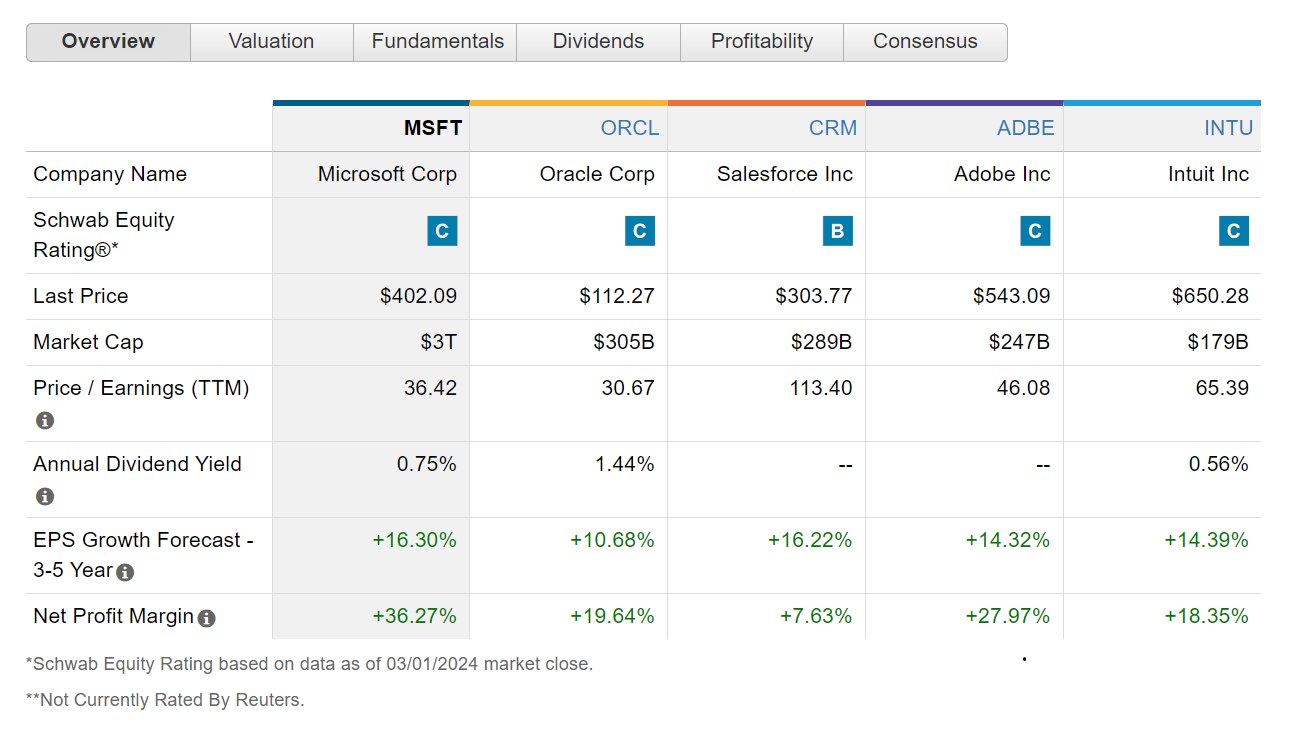How to Tell a Good Stock from a Bad Stock

When a highway ramp leads into oncoming traffic, warning signs keep drivers from going the wrong way. That usually gets the job done.
But when a particular stock poses danger, the signs aren't always so evident. So, what warning signs might help tell investors a good stock from a bad one? Here are a few to consider.
Be wary of chasing fads
Failure to meet numbers
First, it's important to understand the motivation for investing in a particular stock because sometimes emotions and perceptions can get in the way of figuring out if shares of a company are a worthwhile long-term investment.
For example, when a stock is in a high-flying industry that's getting a lot of attention and drawing excited investors, there can be a sense of not wanting to miss out. But the fear of missing out typically isn't a reason to buy a stock.
One example of investors investing emotionally was during the "dot-com" boom, when many investors threw caution to the wind and leaped into internet stocks without really figuring out how or whether these companies could ever generate cash flow or profit. In some cases, investors loved the product they were using and may have decided the rest would naturally follow. Turns out that's a common fallacy.
Great products don't always make great investments, which underscores the need to do legwork before making an investment.
Analyze the numbers
Find out whether the company you're considering has issued any recent earnings warnings or failed to meet analysts' earnings expectations more than once in recent quarters. Either may be a red flag.
Although no company can always perfectly predict how a quarter might go, it's important to see that the firm has a decent track record of conforming with both its own and with analysts' expectations. Failure to do so might indicate either disorganization within the company or failure by company leaders to respond to changes in industry dynamics.
Another possibility is that the company might be in a very volatile industry that no firm could have much control over. That's not always a bad scenario because volatility can sometimes mean the chance for greater returns, but if you don't like a roller-coaster ride, it might be better to stay away.
How can you check if a given company delivered on financial estimates over the last few quarters? Log in to your account at schwab.com, select Research, Stocks, and then input the stock symbol. Scroll down to the Earnings* section where you'll find an overview of the company's recent earnings report, including whether it beat (green up arrow) or missed (red down arrow) analysts' expectations.
You might also want to check the Ratings section for the company, which sometimes includes information about how analysts view quarterly performance, what issues the company faces, and whether analysts believe the company is on the right path to resolve any problems.

For illustrative purposes only. Past performance does not guarantee future results.
Weakness vs. peers
The Peers & Ratio Comparison on the Schwab Research page is another useful feature. The section includes a table that compares a company with a handful of its industry peers. Metrics like earnings growth, price-to-earnings (P/E) ratio, and profit margin can potentially help isolate possible danger signs for a stock.
Traders often compare a stock to its sector and see how it's doing compared to other stocks. Case in point: the P/E ratio. If your stock has the highest P/E, it might deserve a deeper look and it might make sense to view the ratio relative the company's projected growth rate as well as the expected growth of its peers.
Other warning signs might include lower profit margins than a company's peers, a falling dividend yield, and earnings growth below the industry average. There could be benign explanations for any of these, but a bit more research might uncover any red alerts that might result in future share weakness.
The stock doesn't meet your objectives
Some danger signs might not be with the stock, but with you. The company may be doing nothing wrong, but if you invest hoping for major sales and earnings growth, then accidentally choose a mature company in a mature industry with little growth, then stock selection is to blame. Another common mistake is to buy shares in a company without understanding what the company really does.
As a guideline, investors should understand how a company makes money. If you can't see it, you might want to re-think investing in it.
Additionally, consider risks that even a solid company might face. Look into the industry a bit and read some recent news articles and analyst reports to see if you sense danger signs. Even if a company seems to be dominating its industry, you wouldn't want to invest if it's the equivalent of buying the best horse and buggy maker. Again, the Ratings section on schwab.com might offer a sense of the trends driving the company and its industry.
Poor chart action
There are also some danger signs of a more technical nature that you might be able to see on charts.
For instance, experts often tell investors to try to buy a stock when it's relatively cheap. But picking a bottom is a fool's game—there's never certainty in the stock market—though it sometimes pays to be patient and watch the charts carefully before swooping in.
Additionally, watch for a trend. Wait for the stock to rally a few days in a row to avoid what's called a dead cat bounce. That typically has the stock bouncing for a day before it plummets amid active short covering.